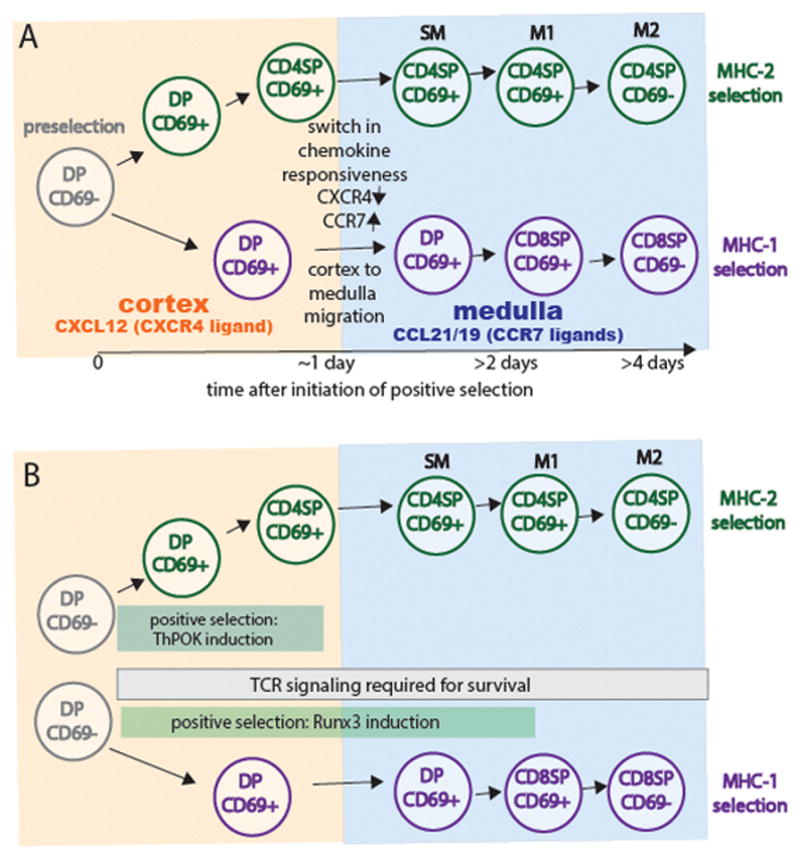Figure 3. Kinetics of chemokine receptor changes, intrathymic migration, co-receptor down-regulation during positive selection of class II versus class I restricted thymocytes.

A) Preselection CD4+CD8+ DP thymocyte reside in the cortex and express CXCR4, the receptor for the cortical chemokine, CXCL12. More mature CD4+CD8− and CD4-CD8+ single positive (SP) thymocytes localize to the medulla and express CCR7, the receptor for the medullary chemokines CCL21/CCL19. Thymocytes undergoing selection via class II MHC first down-regulate CD8 and then change their chemokine receptor pattern around 24 hours after the initiation of positive selection. In contrast, although thymocytes undergoing selection via class I MHC also change their chemokine receptor expression around 24 hours, they do not down regulate CD4 until >1 day later. In the medulla, CD4SP thymocytes undergo a TCR independent maturation process (passing through stages termed semimature SM, M1, and M2) that correlate with down regulation of CD24 (HSA), upregulation of Qa2 and MHC class I, and the ability of thymocytes to die or proliferate upon TCR signaling (6, 34). CD8 SP thymocytes appear to progress through similar stages, although this has been less well studied. B) Thymocytes undergoing positive selection via class II MHC upregulate the CD4 defining transcription factor ThPOK and down-regulate CD8 after 24 hours of Zap70 dependent TCR signaling. In contrast, thymocytes undergoing positive selection via class I MHC require Zap70-dependent TCR signaling for an additional day or more in order to upregulate the CD8-defining transcription factor Runx3 and downregulate CD4. Both lineages continue to require TCR signaling to promote cell survival after lineage commitment and co-receptor downregulation (30, 66).
